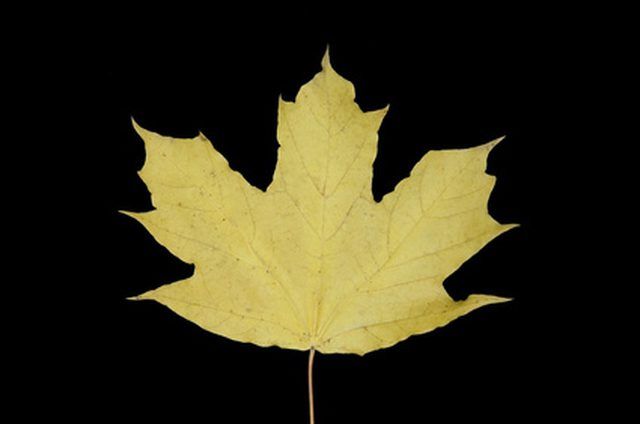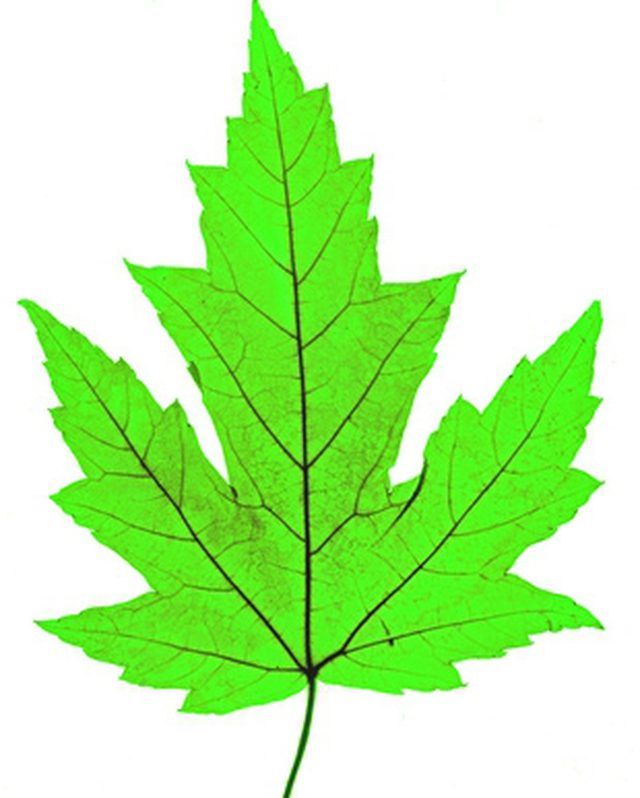Bulbs
Flower Basics
Flower Beds & Specialty Gardens
Flower Garden
Garden Furniture
Garden Gnomes
Garden Seeds
Garden Sheds
Garden Statues
Garden Tools & Supplies
Gardening Basics
Green & Organic
Groundcovers & Vines
Growing Annuals
Growing Basil
Growing Beans
Growing Berries
Growing Blueberries
Growing Cactus
Growing Corn
Growing Cotton
Growing Edibles
Growing Flowers
Growing Garlic
Growing Grapes
Growing Grass
Growing Herbs
Growing Jasmine
Growing Mint
Growing Mushrooms
Orchids
Growing Peanuts
Growing Perennials
Growing Plants
Growing Rosemary
Growing Roses
Growing Strawberries
Growing Sunflowers
Growing Thyme
Growing Tomatoes
Growing Tulips
Growing Vegetables
Herb Basics
Herb Garden
Indoor Growing
Landscaping Basics
Landscaping Patios
Landscaping Plants
Landscaping Shrubs
Landscaping Trees
Landscaping Walks & Pathways
Lawn Basics
Lawn Maintenance
Lawn Mowers
Lawn Ornaments
Lawn Planting
Lawn Tools
Outdoor Growing
Overall Landscape Planning
Pests, Weeds & Problems
Plant Basics
Rock Garden
Rose Garden
Shrubs
Soil
Specialty Gardens
Trees
Vegetable Garden
Yard Maintenance
Maple Leaf Identification Guide
Maple Leaf Identification Guide. Some subtle differences and obvious disparities occur among the leaves of the 13 separate species of native maples (Acer) in North America. Keying on these distinctions can help you identify to which species the leaves belong.

Some subtle differences and obvious disparities occur among the leaves of the 13 separate species of native maples (Acer) in North America. Keying on these distinctions can help you identify to which species the leaves belong.
Lobes
The portions of a leaf that extend outward, resembling fingers, are the lobes of the leaf. On maples, certain species will have a specific number of lobes on the leaves, making identification possible. For example, the black maple (Acer nigrum) typically has three lobes on each leaf, while the silver maple (Acer saccharinum) has five lobes.
Sinuses
The indented area that exists between leaf lobes is the sinus. Maple leaf sinuses vary, with some going deep into the center of the leaf, such as those of the silver maple. Other sinuses are not as deep, with this a feature on species including the striped maple (Acer pensylvanicum) and the mountain maple (Acer spicatum).

Size
The size of the maple leaf is another aspect of the leaf that helps to identify it. Bigleaf maple (Acer macrophyllum) foliage lives up to its name, with diameters up to a foot, while other maples, including red maple (Acer rubrum) and sugar maple (Acer saccharum), are in the range of 3 to 6 inches across, according to "Trees of North America."
Other Keys
The color of a maple leaf is another determining factor in its identification. Silver maple, for example, will be a light green shade above, but its undersides will appear a silvery-white mixture. The edges of a maple leaf can help you identify it. Look for serrations, such as the sharp teeth along the margins of a sugar maple leaf.